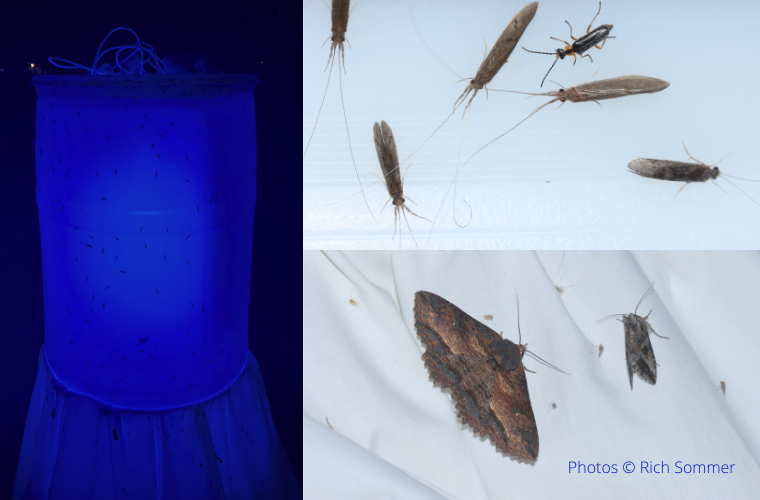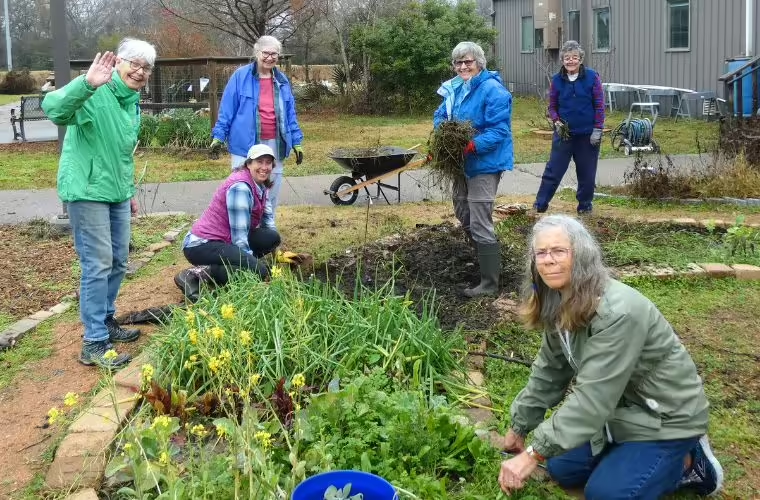April 8, 2024 @ 6:15 pm – 8:30 pm
Please join us for our chapter meeting in person or online!
6:15 Doors Opens – UHCL Bayou Building, Room 2524
6:40 Zoom Opens
6:45 Business Meeting
6:55 Plant of the Month
7:00 Guest Speaker
8:00 Mothing at UHCL
Rich Sommer will discuss “mothing” and some of the interesting species he has encountered. While Rich loves a hike hunting for insects, an easy way to find specimens is using a UV light to attract them at night. Engaging in regular “moth nights” at locations such as Exploration Green and Deer Park Prairie, Rich actively introduces others to the world of mothing at venues like Buffalo Bayou and Memorial Park. Interested in boosting your observation and species count for the City Nature Challenge? Consider mothing in your own backyard, as these “moth nights” attract a diverse array of night-flying insects. He will also talk about the upcoming City Nature Challenge, an event he eagerly anticipates each year. Notably, he was the Houston region’s top observer the last two years. Furthermore, he will highlight the role of iNaturalist, an integral tool in his mothing pursuits.
Following the meeting, attendees are encouraged to participate in a hands-on mothing experience. Rich and his team will have moth stations set up with UV lights and will provide assistance with viewing and identifying the specimens for up to an hour after the meeting.
About the Speaker
Rich Sommer began volunteering at Exploration Green nearly 10 years ago, with little knowledge about native plants. Through his involvement with Exploration Green, NPSOT, the Texas Master Naturalist program, and iNaturalist, he gained a deep understanding of the importance of native plants to the ecosystem. He joined NPSOT around 2016, the Exploration Green Board of Directors in 2018, and the Gulf Coast TMN chapter in spring 2021. Over time, he started noticing the insects in his flower and bird photographs. As his knowledge expanded, he became fascinated by their life cycles and their complex relationships with plants, mammals, and other insects. Rich finds parasitic wasps and insect galls particularly intriguing.
In-person – Parking Pass Required
Parking passes required. If you have a pass, don’t forget it – you will not get another one if you picked one up previously. DO NOT park in faculty/staff parking (tickets will be issued). Martha Richeson will be passing out parking passes Monday evening. Watch for her bright blinking vest on the sidewalk between the Bayou Building and the pay station near the Recreation Center. If you miss out on the NPSOT parking passes, you will need to buy a parking pass from the pay station.
Map and Directions – The meeting will be held in Room 2524 of the Bayou Building at UHCL.
University of Houston-Clear Lake
2700 Bay Area Blvd.
Houston, TX 77058
Online – Zoom
Register in advance for this meeting. After registering, you will receive a confirmation email containing information about joining the meeting.
This is a FREE EVENT. Meetings are open to members and non-members. If you would like to become a member, you may join online. For more information about the Native Plant Society of Texas and the benefits of membership please visit: npsot.org.
Hosted by the Environmental Institute of Houston, University of Houston-Clear Lake.
Related Events
-
Propagation Techniques for Native Hollies, Cross Timbers Chapter Meeting (Weatherford)- Tuesday 1/28/2025
January 28 @ 6:00 pm – 8:00 pm







